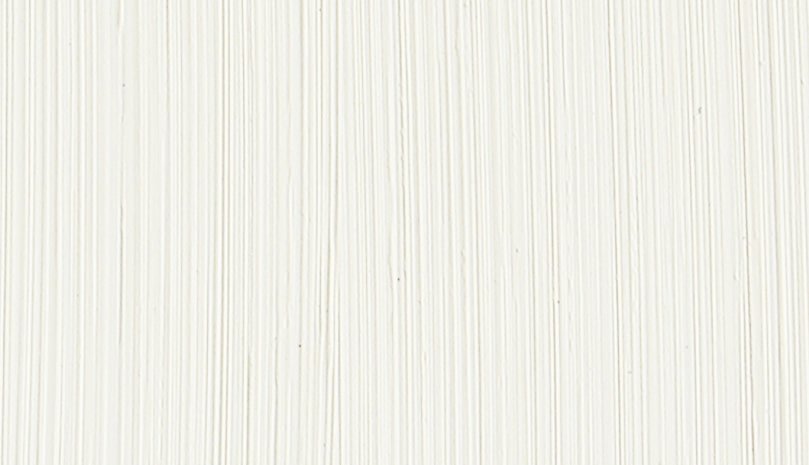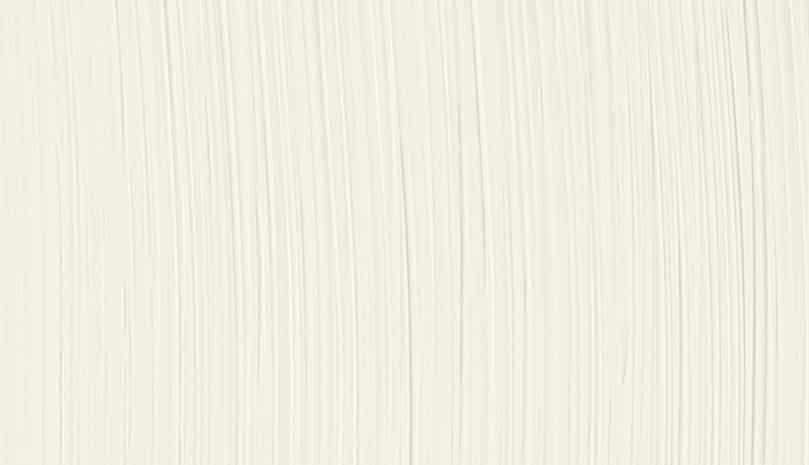Series 7
Stack Lead
White (No. 703)

Ⓥ VEGAN
A NOTE FOR EU AND UK ARTISTS: We have received revised guidelines from The Environment Agency stating that applications for restoring or maintaining Works of Art created after 1992 cannot be approved under the REACH Regulations.
Compliance with these rules is essential as the Environment Agency conducts regular audits. For information on sourcing lead paint for historic buildings, please visit Historic England’s website.
Thank you for your understanding. Feel free to reach out if you have any questions.
Sincerely,
MH
Inorganic—I create this pigment myself, following a time-honoured process, in small, handmade batches.
| Colour Index | PW1 |
| Drying | Very Fast |
| Transparency | Opaque |
| Lightfastness | Excellent |
| Oil Content | Very Low |
| Tint Power | Average |
| Toxicity | Toxic |
| ASTM D-4236 | ✔ |
| Prop 65 | ✔ |
Many art historians have noticed there is something in the nature of the Old Masters’ oil paints–particularly whites–that can’t be replicated by today’s paints because the method for making them has changed. To recreate the actual white pigment that would have been familiar to Rembrandt, Titian, and Vermeer, to name a few, I researched lead whites and the old Dutch stack process for many years. Prior to the industrial revolution, lead whites were made using a method that traces back to before the time of Christ. The Dutch found ways to scale the making of this paint without changing the underlying process in the 13th century. Using this historical technique, every particle of Stack Lead White created is different, so on a nanoscale, every conglomeration of pigment particles behaves differently. That’s the beauty of Stack Lead White. With industrially made pigments, every particle is identical, so conventional paints can’t be used to create the brush strokes of the whites from centuries ago.
First, I take lead strips, hand roll them into spirals, and place them in small, clay pots, where they remain suspended above a small amount of vinegar. The pots are then buried beneath mounds of steaming, biologically active horse dung. The chemistry is simple: vapours of acetic acid from the vinegar first corrode the lead, creating a coating of lead acetate; then carbonic acid from the warm horse dung converts the white corrosion into a lead carbonate that forms into beautiful white flakes that resemble the delicate paper of a wasp’s nest. The entire process takes around three months, depending on the season and nature’s variable influences. Once corrosion has occurred, the white flakes are scraped off and ground beneath the water. The remaining paste is cleansed of impurities and laid out in large drying trays. Once dry, the remaining substance is ground again into linseed oil, creating the finished product. The result is a handmade pigment and oil paint that assumes the colour of a warm, creamy white like those found in Rembrandt’s paintings.
The handling quality of Stack Lead White is entirely different from industrially made lead white. It possesses a quality described as ‘thixotropic’, what seasoned painters call ‘ropey’, meaning the texture becomes more fluid as it is agitated with a brush or palette knife. Before the paint has been manipulated, it’s very dense; it can even support a palette knife upright after the colour has been agitated, and its consistency changes to short wisps of colour. Continuing to manipulate the colour, it becomes ‘ropier’ and produces long, stringy wisps of colour. The addition of texture multiplies the possibilities for complexity and subtlety in a painting’s whites.
According to well-known American artist David Leffel, “This white allows an artist, any artist, long, limpid, descriptive brushwork—brushstrokes that reveal the workings and understandings of the mind behind the hand. The long, supple quality of stack white that allowed Old Masters the freedom and expressiveness that enthrals us to this day is, at last, at hand.”
Series 7
Stack Lead White
(No. 703)

Ⓥ VEGAN
Currently, stack lead white cannot be sold in the UK or EU unless a painter has a restorer’s license. This is per the governing body REACH.
Inorganic—I create this pigment myself, following a time-honoured process, in small, handmade batches.
Many art historians have noticed there is something in the nature of the Old Masters’ oil paints–particularly whites–that can’t be replicated by today’s paints because the method for making them has changed. To recreate the actual white pigment that would have been familiar to Rembrandt, Titian, and Vermeer, to name a few, I researched lead whites and the old Dutch stack process for many years. Prior to the industrial revolution, lead whites were made using a method that traces back to before the time of Christ. The Dutch found ways to scale the making of this paint without changing the underlying process in the 13th century. Using this historical technique, every particle of Stack Lead White created is different, so on a nanoscale, every conglomeration of pigment particles behaves differently. That’s the beauty of Stack Lead White. With industrially made pigments, every particle is identical, so conventional paints can’t be used to create the brush strokes of the whites from centuries ago.
Continue Reading
First, I take lead strips, hand roll them into spirals, and place them in small, clay pots, where they remain suspended above a small amount of vinegar. The pots are then buried beneath mounds of steaming, biologically active horse dung. The chemistry is simple: vapours of acetic acid from the vinegar first corrode the lead, creating a coating of lead acetate; then carbonic acid from the warm horse dung converts the white corrosion into a lead carbonate that forms into beautiful white flakes that resemble the delicate paper of a wasp’s nest. The entire process takes around three months, depending on the season and nature’s variable influences. Once corrosion has occurred, the white flakes are scraped off and ground beneath the water. The remaining paste is cleansed of impurities and laid out in large drying trays. Once dry, the remaining substance is ground again into linseed oil, creating the finished product. The result is a handmade pigment and oil paint that assumes the colour of a warm, creamy white like those found in Rembrandt’s paintings.
The handling quality of Stack Lead White is entirely different from industrially made lead white. It possesses a quality described as ‘thixotropic’, what seasoned painters call ‘ropey’, meaning the texture becomes more fluid as it is agitated with a brush or palette knife. Before the paint has been manipulated, it’s very dense; it can even support a palette knife upright after the colour has been agitated, and its consistency changes to short wisps of colour. Continuing to manipulate the colour, it becomes ‘ropier’ and produces long, stringy wisps of colour. The addition of texture multiplies the possibilities for complexity and subtlety in a painting’s whites.
According to well-known American artist David Leffel, “This white allows an artist, any artist, long, limpid, descriptive brushwork—brushstrokes that reveal the workings and understandings of the mind behind the hand. The long, supple quality of stack white that allowed Old Masters the freedom and expressiveness that enthrals us to this day is, at last, at hand.”
| Colour Index | PW1 |
| Drying | Very Fast |
| Transparency | Opaque |
| Lightfastness | Excellent |
| Oil Content | Very Low |
| Tint Power | Average |
| Toxicity | Toxic |
| ASTM D-4236 | ✔ |
| Prop 65 | ✔ |
